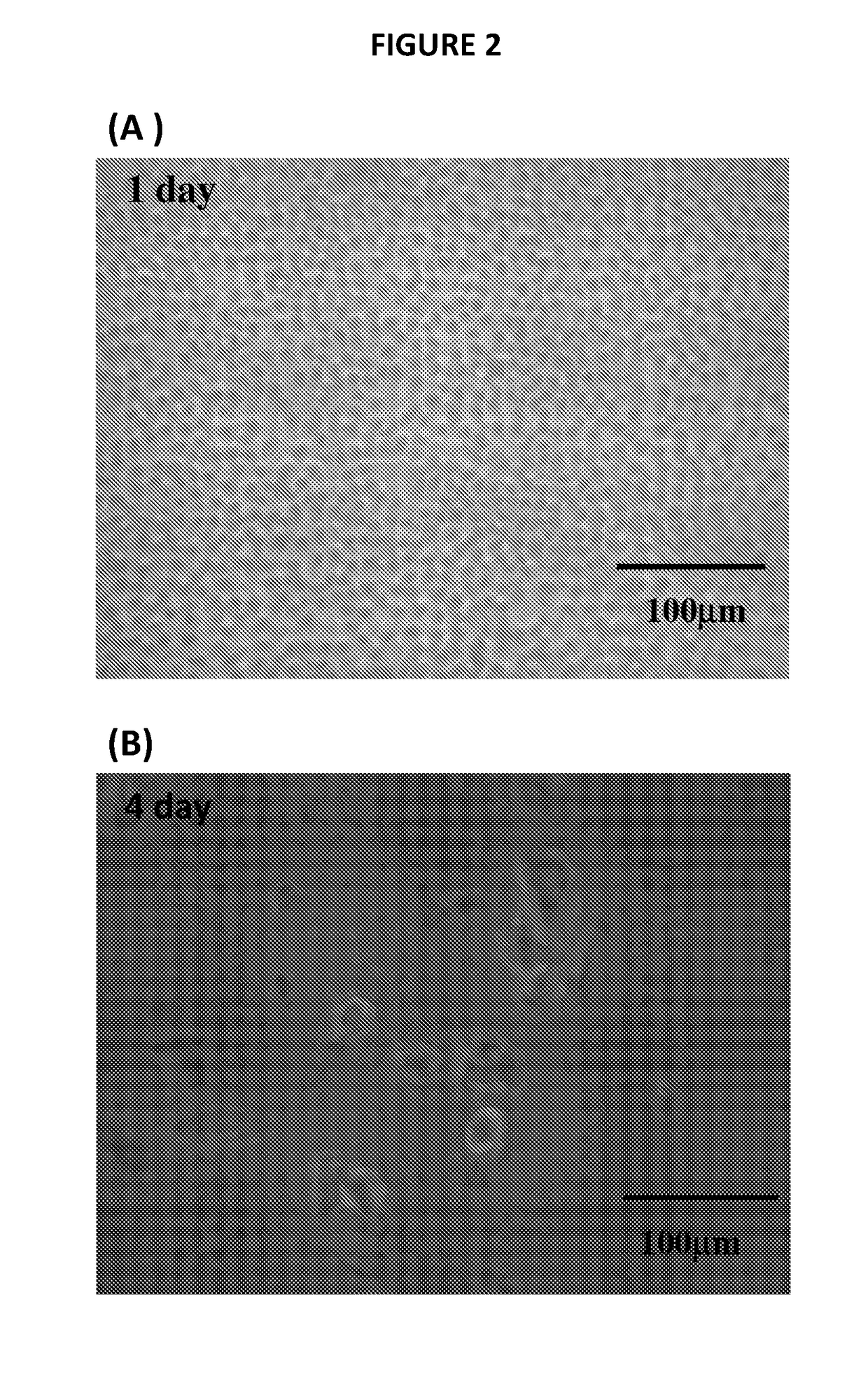Method of generating multilineage potential cells from lymphocytes
a multi-lineage potential and lymphocyte technology, applied in the field of generating multi-lineage potential cells from lymphocytes, can solve the problems of hampered research and therapy use, unable to achieve efficient and reliable isolation, maintenance and, especially, the inability to expand stem cells
- Summary
- Abstract
- Description
- Claims
- Application Information
AI Technical Summary
Benefits of technology
Problems solved by technology
Method used
Image
Examples
example 1
CD Markers and Proteins Expression in CD4+-, CD8+-, CD19+-, CD20+- and CD25+-PBMC
Cell Culture
[0242]Peripheral blood mononuclear cells (PBMCs) were collected from healthy volunteers aged 20-40 and fractioned by GE Ficoll-Paque PLUS (GE Healthcare Instructions 71-7167-00 AG) according to the the product instruction manual.
[0243]CD4+, CD8+, CD19+, CD20+ and CD25+ leukocytes were generated from PBMCs using a selected adherent method Briefly, these five populations of lymphocytes were individually purified from PBMCs by microbeads (MACS), the purities were routinely >90%, verified by flow cytometry.
[0244]Each population of these lymphocytes was cultured in sterile FEP culture bag individually. These final culture media were reconstituted of 30% of CD4+ and CD8+-PBMC, 40% of 6% human albumin (CSL Behring) solution and 30% of cell culture medium, and 2% insulin (Invitrogen, USA). 40% of CD19+-PBMC cells was reconstituted 20% of 6% human albumin (CSL Behring) solution and 40% of cell cultur...
PUM
| Property | Measurement | Unit |
|---|---|---|
| v/v | aaaaa | aaaaa |
| volumes | aaaaa | aaaaa |
| v/v | aaaaa | aaaaa |
Abstract
Description
Claims
Application Information
 Login to View More
Login to View More - R&D
- Intellectual Property
- Life Sciences
- Materials
- Tech Scout
- Unparalleled Data Quality
- Higher Quality Content
- 60% Fewer Hallucinations
Browse by: Latest US Patents, China's latest patents, Technical Efficacy Thesaurus, Application Domain, Technology Topic, Popular Technical Reports.
© 2025 PatSnap. All rights reserved.Legal|Privacy policy|Modern Slavery Act Transparency Statement|Sitemap|About US| Contact US: help@patsnap.com



